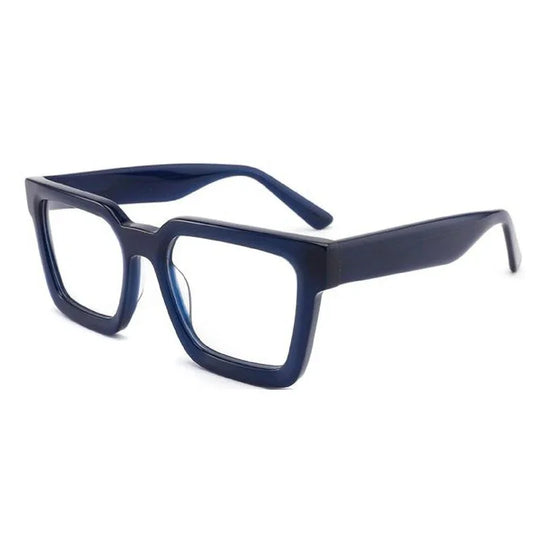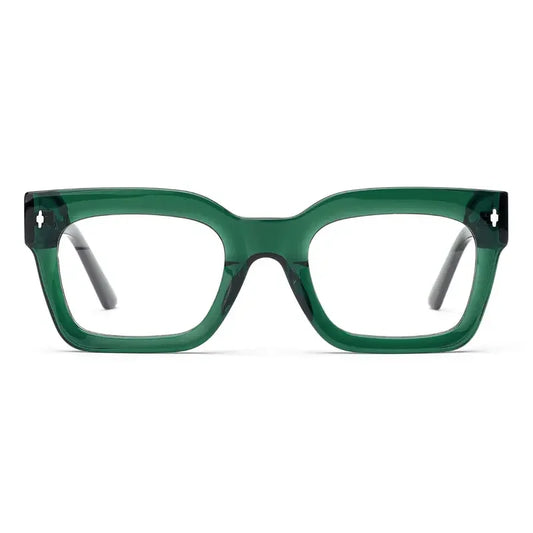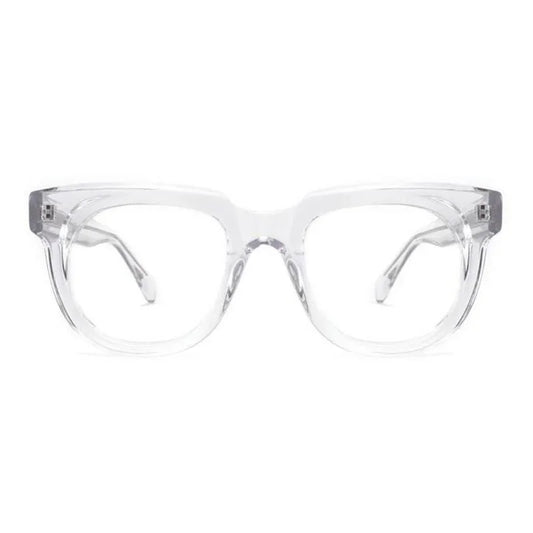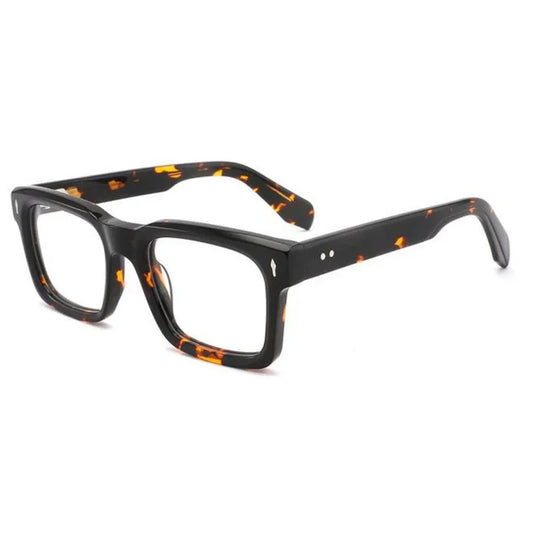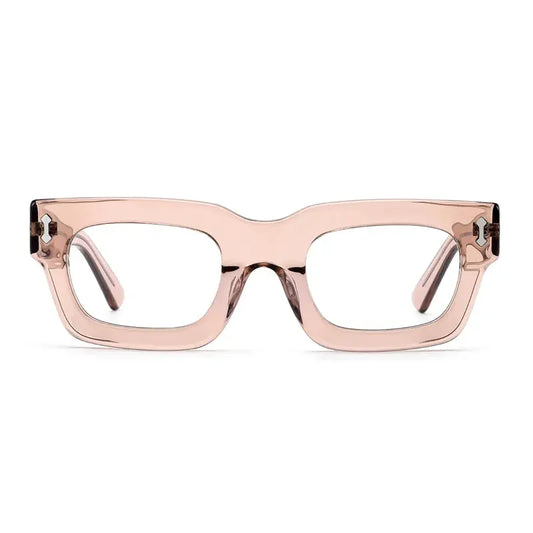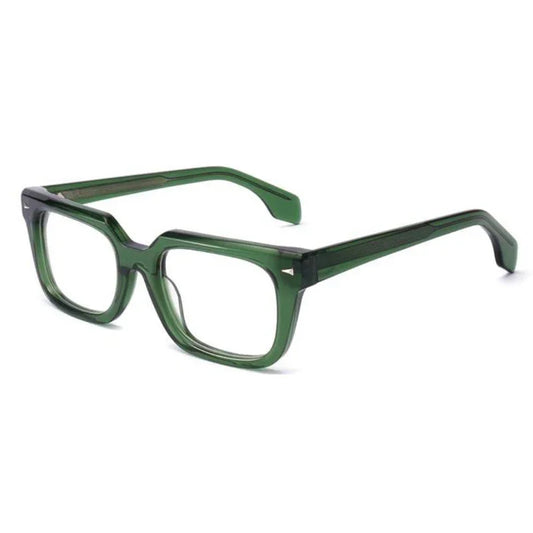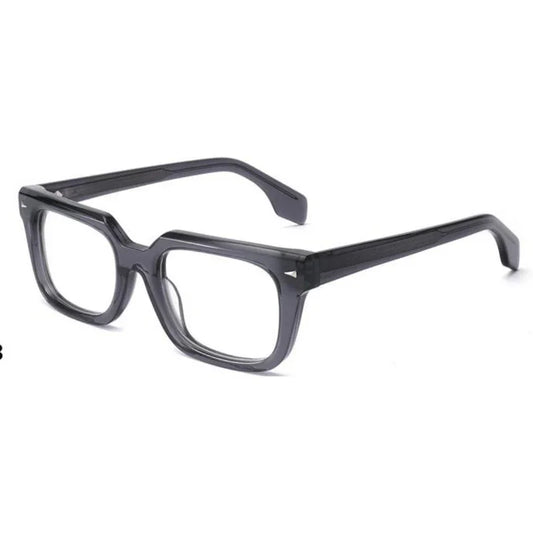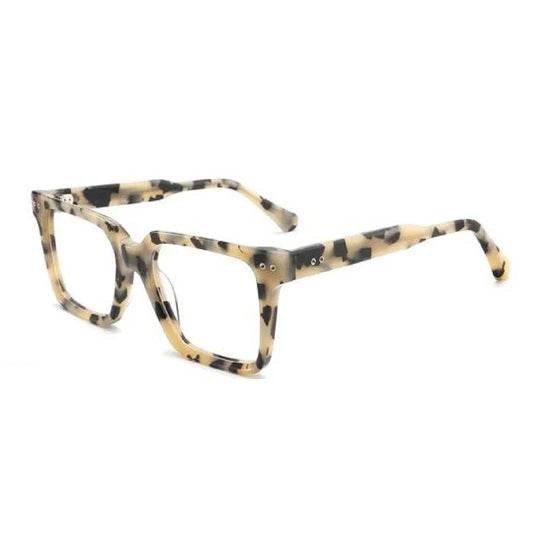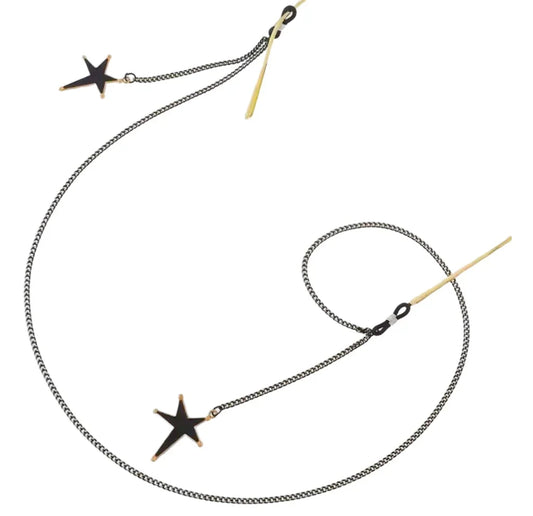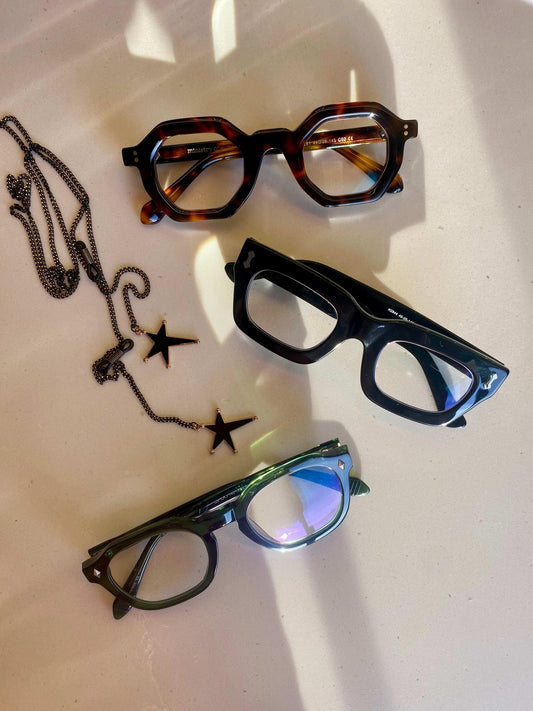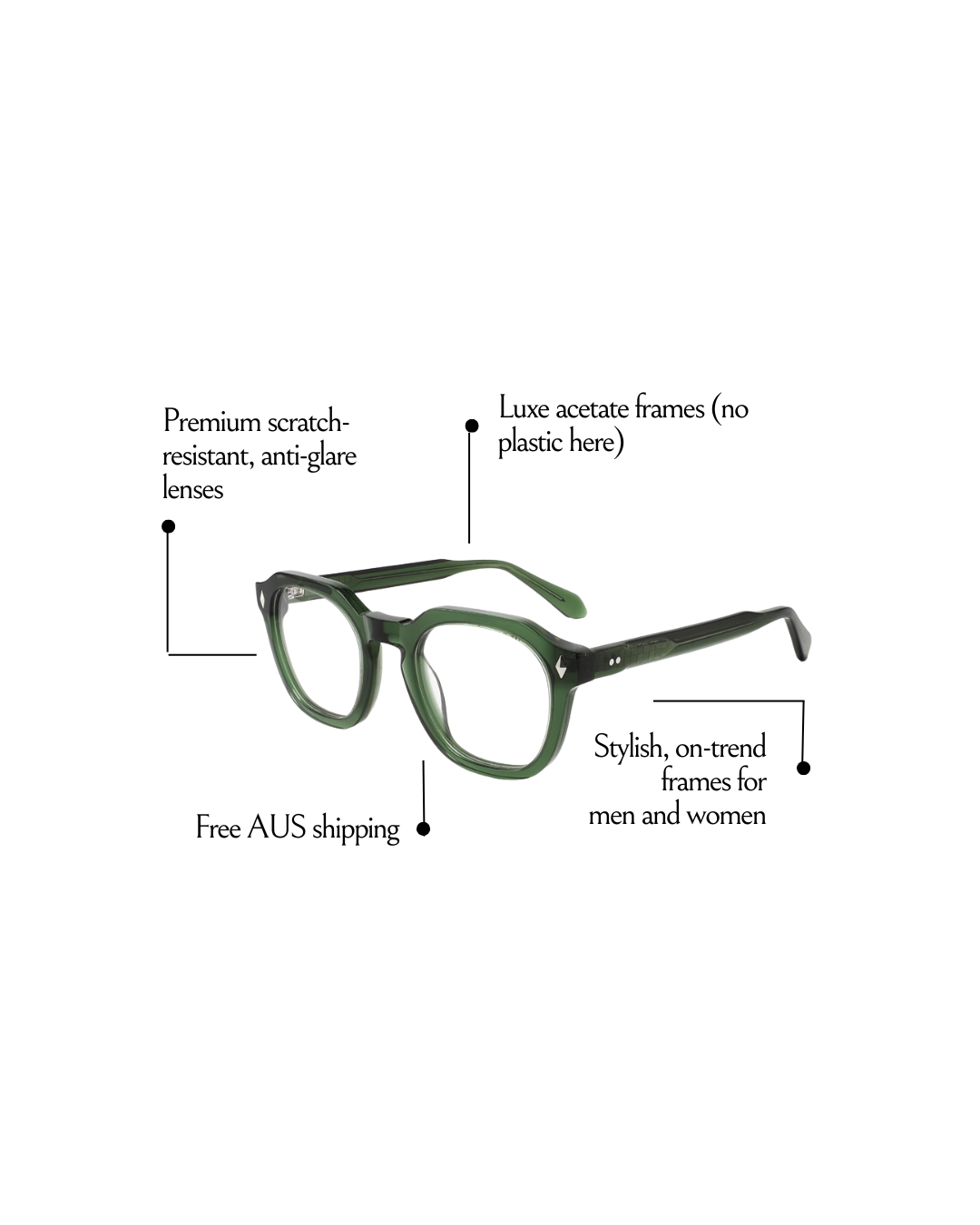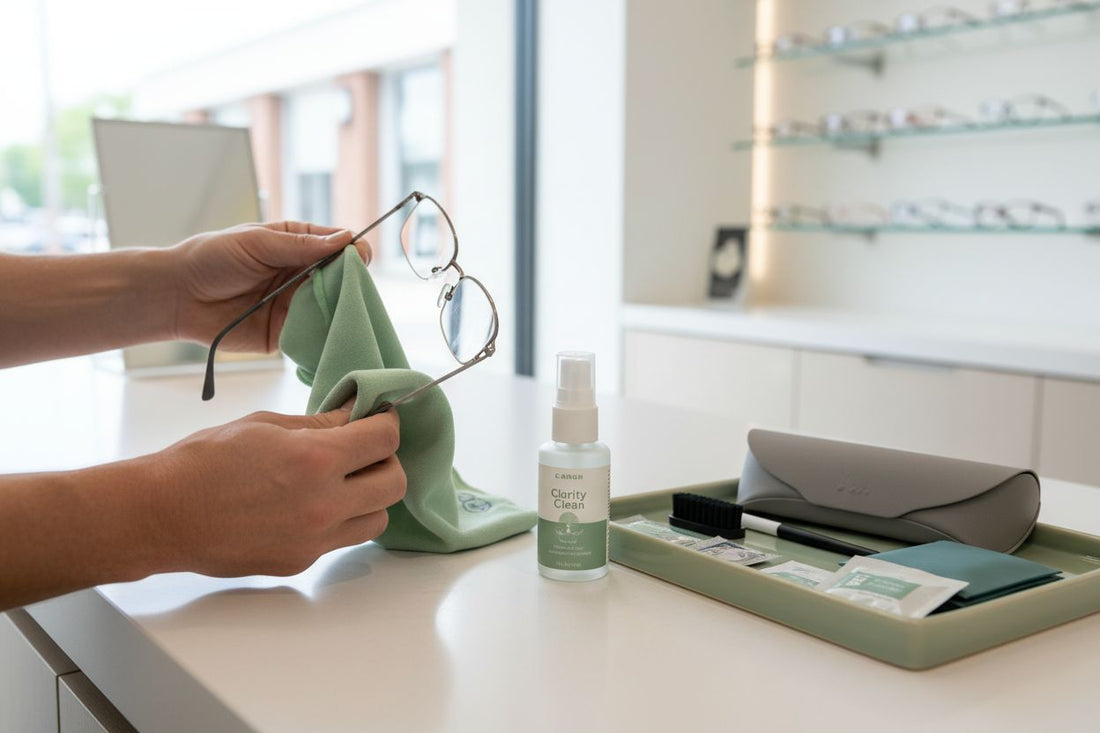
Ultimate Reading Glasses Maintenance Guide for Longevity
Nearly 80 percent of people with reading glasses have accidentally scratched their lenses or damaged the frames at least once. Taking proper care of your glasses goes far beyond keeping them clean. It means protecting your vision, saving money on replacements, and enjoying crisp sight every day. With the right steps, you can shield your eyewear from daily hazards and extend its lifespan without hassle.
Quick Summary
| Key Point | Explanation |
|---|---|
| 1. Use a microfiber cloth | This prevents scratches and maintains lens clarity during cleaning. |
| 2. Avoid harsh cleaners | Household cleaners and alcohol can damage lens coatings, leading to costly repairs. |
| 3. Store in a hard case | A cushioned case protects from physical damage and environmental factors when not in use. |
| 4. Inspect for damage regularly | Check frame alignment and screws to ensure comfort and functionality before issues arise. |
| 5. Handle with care | Use both hands to avoid bending frames and always return glasses to their case when not in use. |
Table of Contents
- Step 1: Gather Cleaning Supplies For Reading Glasses
- Step 2: Clean Lenses And Frames Thoroughly
- Step 3: Inspect For Damage And Loose Screws
- Step 4: Store Glasses Safely When Not In Use
- Step 5: Protect Reading Glasses From Daily Hazards
Step 1: Gather Cleaning Supplies for Reading Glasses
Preparing to clean your reading glasses requires assembling the right tools for the job. Your goal is to gather supplies that will safely remove dirt and grime without damaging delicate lens surfaces or protective coatings.
Start by collecting a soft microfiber cloth specifically designed for eyewear cleaning. These cloths are gentle and won’t scratch your lenses like paper towels or regular rags. Next, grab a lens cleaning solution made for glasses—preferably an optician-approved product like Zeiss lens cleaner. If you don’t have a specialised solution, lukewarm water and a drop of lotion-free dish soap can work as an alternative.
For best results, assemble these specific items:
Here’s a comparison of suitable and unsuitable cleaning supplies for reading glasses:
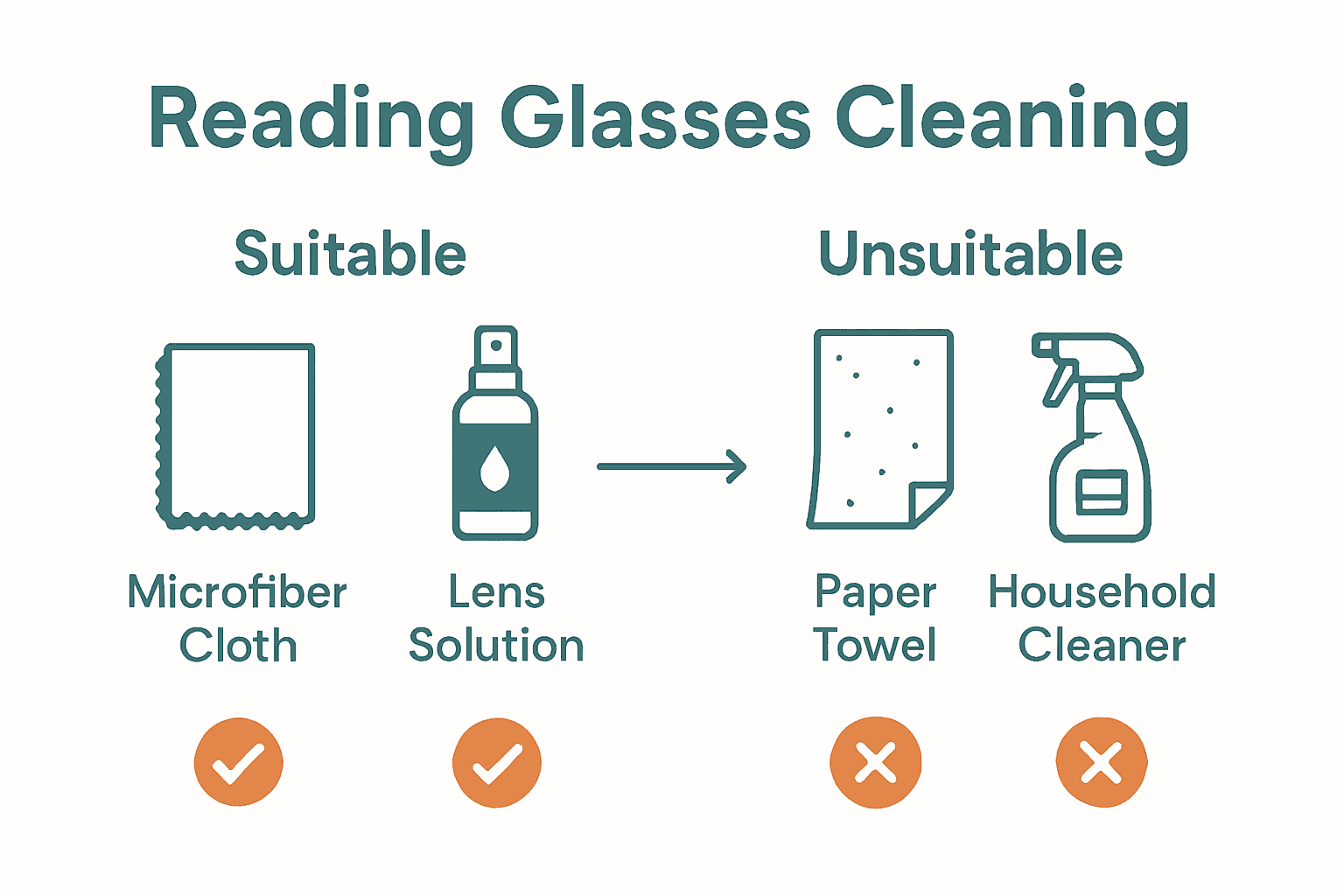
| Cleaning Supply | Suitable for Glasses? | Notes |
|---|---|---|
| Microfiber cleaning cloth | Yes | Safe, prevents scratching |
| Eyeglass cleaning solution | Yes | Best option for lenses |
| Mild dish soap | Yes | Use lotion-free, gentle cleansing |
| Lukewarm water | Yes | Rinses dirt, avoid hot/cold extremes |
| Paper towels | No | Can scratch and leave lint |
| Clothing corners | No | May contain dirt, risk scratching |
| Household cleaners | No | Can strip lens coatings |
| Acetone/alcohol solutions | No | Damages protective coatings |
- Microfiber cleaning cloth
- Eyeglass lens cleaning solution or mild dish soap
- Lukewarm water
- Clean sink or washing area
Avoid using harsh chemicals, abrasive materials, or clothing corners that might contain dirt particles. These can potentially scratch or damage your lens coatings. A dedicated microfiber cloth and proper cleaning solution will help protect your investment and keep your reading glasses looking pristine.
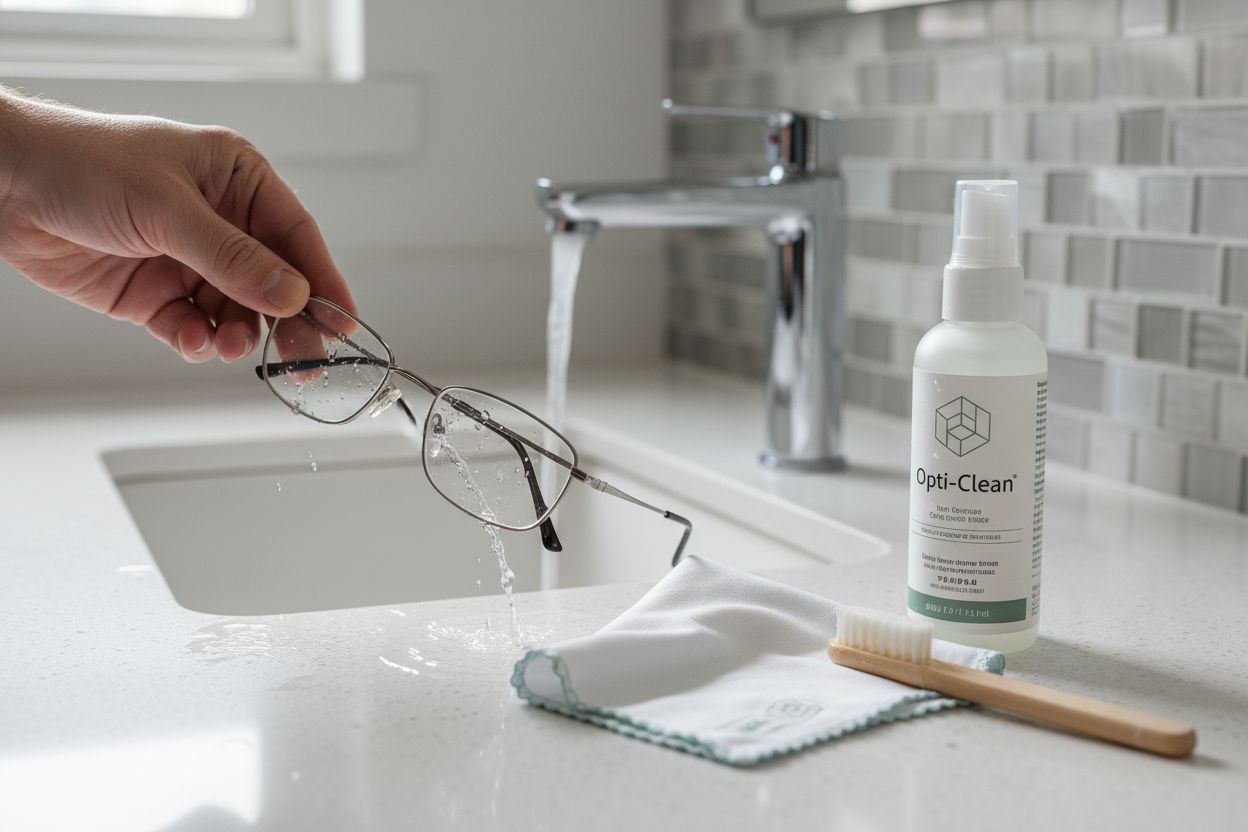
Once you have your supplies ready, you will be prepared to move on to the actual cleaning process with confidence and care.
Step 2: Clean Lenses and Frames Thoroughly
Now that you have your cleaning supplies ready, it is time to thoroughly clean your reading glasses with precision and care. The goal is to remove dirt, oils, and grime without causing any damage to your lenses or frames.
Begin by washing your hands with soap and water to prevent transferring additional dirt onto your glasses. Run your glasses under lukewarm water to rinse away loose debris. Apply a small drop of lotion-free dish soap or specialized eyeglass cleaner directly onto your fingertips. Gently rub the lenses using circular motions, paying special attention to both sides of each lens. Do not forget the frame edges, nose pads, and hinges where dirt and skin oils tend to accumulate.
Use your soft-bristled brush or microfiber cloth to clean tight spaces around hinges and nose bridge. These areas often collect dust and grime that can impact the overall comfort and appearance of your glasses. Rinse thoroughly under lukewarm water to remove all soap residue, ensuring no cleaning solution remains that could potentially streak or damage lens coatings.
Carefully dry your glasses using your clean microfiber cloth. Gently pat and wipe the lenses and frames to absorb moisture without creating scratches. Avoid using paper towels, tissues, or clothing corners which can leave lint or potentially scratch delicate surfaces.
Warning: Never use household cleaners, alcohol-based solutions, or acetone as these can strip protective lens coatings and cause permanent damage. Your reading glasses require gentle treatment to maintain their quality and performance.
With your glasses now sparkling clean, you are ready to move on to the next step of maintenance and care.
Step 3: Inspect for Damage and Loose Screws
After cleaning your reading glasses, it is crucial to conduct a thorough inspection to ensure they remain in optimal condition. This step helps you catch potential issues before they become serious problems that could compromise your glasses comfort or functionality.
Begin by gently flexing your glasses frame to check its overall alignment. Hold the frames carefully and look for any signs of uneven bending or warping. Pay close attention to the nose pads and hinges. These areas are most prone to wear and can subtly shift over time. Learn more about glasses maintenance to understand what to look for during your inspection.
Next, focus on the small screws that connect the arms to the frame. Using a small eyeglass repair kit or a precision screwdriver, gently test each screw. If they feel loose, carefully tighten them. Turn the screwdriver clockwise with minimal pressure to avoid over-tightening, which could strip the threading or damage the frame.
Check for any visible damage such as scratches on the lenses, paint chips on the frames, or signs of metal fatigue around the hinges. Minor scratches might be cosmetic, but deep scratches or significant frame damage could impact your vision and comfort.
Warning: If you notice significant misalignment or cannot safely adjust the glasses yourself, visit an optician. Professional adjustment prevents potential damage and ensures your glasses fit correctly.
With your glasses now cleaned and inspected, you are prepared to maintain their quality and extend their useful life.
Step 4: Store Glasses Safely When Not in Use
Proper storage is essential for maintaining your reading glasses in pristine condition. The right storage approach can significantly extend the life of your eyewear and prevent unnecessary damage from environmental factors and mishandling.
Always use a cushioned hard shell case when storing your glasses. These cases provide robust protection against accidental drops, pressure, and potential scratches. Before placing your glasses inside, wrap them in a clean microfiber cloth to provide an extra layer of protection. Check out our guide on optimal glasses storage for more detailed insights into preserving your eyewear.
Never place your glasses face down on any surface. This practice can scratch the lenses and damage delicate lens coatings. When not wearing your glasses, immediately return them to their dedicated case. Create specific storage zones in your home one for frequently used glasses and another for backup or occasional pairs.
Be mindful of environmental conditions. Avoid storing glasses in areas with direct sunlight, extreme temperatures, or high humidity. A cool, dry drawer or shelf away from windows and heat sources is ideal. Keep your storage areas clean and dust free to prevent particle buildup that could potentially scratch your lenses.
Warning: Leaving glasses in a hot car, near radiators, or in direct sunlight can warp frames and degrade lens coatings. Always prioritize a stable, moderate temperature environment for storage.
With your glasses now safely stored, you have taken another important step in protecting your valuable eyewear investment.
Step 5: Protect Reading Glasses from Daily Hazards
Maintaining your reading glasses requires vigilance against everyday risks that can compromise their quality and performance. Understanding how to handle and protect your glasses will help them last longer and keep your vision clear.
Start by changing how you handle your glasses. Always use both hands when putting on or removing them to prevent unnecessary bending or twisting of the frames. Learn more about protecting your eyewear investment and develop habits that minimise potential damage.
Avoid common mistakes that can quickly degrade your glasses. Never rest them on top of your head this stretches the frames and can cause misalignment. Do not place them lens down on any surface, as this will scratch the delicate lens coatings. When not wearing your glasses, always return them to their protective hard shell case.
Be mindful of environmental hazards. Keep your glasses away from extreme heat sources like car dashboards, radiators, or direct sunlight. Excessive heat can warp frames and damage lens coatings. Similarly, avoid using harsh chemicals like acetone or household cleaners when attempting to clean your glasses these can strip protective treatments and cause permanent damage.
Warning: Rough handling such as tossing glasses onto surfaces, wearing them during high impact activities, or leaving them in vulnerable locations can lead to unexpected damage. Treat your glasses with the same care you would any precision instrument.
By implementing these protective strategies, you are ensuring your reading glasses remain in top condition for as long as possible.
Protect Your Reading Glasses the Smart Way
You have just learned how crucial the right cleaning habits and storage practices are for keeping your reading glasses clear and comfortable. But taking great care of your eyewear is easier when you have the right accessories by your side. Scratched lenses, loose screws, or damaged frames not only impact your vision but also become frustrating daily hassles.
Trust your glasses to products that are crafted to prevent these common problems. Discover our selection of reading glasses accessories and storage solutions. Find everything from microfibre cleaning cloths to hard-shell cases, all designed to help you care for your eyewear day in, day out.

Do not wait until your next mishap ruins your reading glasses. Visit Ministry of Sight today or browse our collection of reading glasses accessories to keep your glasses in top condition. Enjoy peace of mind with every pair knowing you have the support of quality products trusted by Australians. Start protecting your investment now.
Frequently Asked Questions
How can I effectively clean my reading glasses without damaging them?
To effectively clean your reading glasses, use a soft microfiber cloth and a lens cleaning solution made for eyewear. Start by rinsing your glasses under lukewarm water, apply a drop of the cleaning solution to your fingertips, and gently rub the lenses in circular motions before rinsing them again.
What should I look for when inspecting my reading glasses for damage?
When inspecting your reading glasses, check for any misalignment, loose screws, or visible scratches on the lenses. Gently flex the frame, and tighten any loose screws with a small screwdriver to prevent further damage.
What is the best way to store my reading glasses when not in use?
Store your reading glasses in a cushioned hard shell case to protect them from accidental damage. Avoid leaving them face down on surfaces, and choose a stable environment away from direct sunlight or extreme temperatures to preserve their condition.
How can I protect my reading glasses from daily hazards?
To protect your reading glasses from daily hazards, always use both hands when putting them on or taking them off to avoid bending the frames. Additionally, keep them in their case when not in use and be cautious around heat sources and harsh cleaning chemicals that could damage the lenses.
How often should I clean my reading glasses for optimal maintenance?
Aim to clean your reading glasses daily or whenever you notice smudges or dirt. Regular cleaning not only keeps your lenses clear but also protects them from buildup that could lead to scratches over time.
What signs indicate that my reading glasses need professional adjustment?
Signs that your reading glasses may need professional adjustment include persistent misalignment or discomfort when wearing them. If you notice difficulty achieving a comfortable fit or if the frames seem warped, it’s best to visit an optician for proper realignment.


